The speed with which current smartphone cameras are developing is rapid. We are introducing you to the top smartphones from the eight largest manufacturers and are looking for the best mobile phone camera 2020. We can already reveal this much: The LG G8S ThinQ surprised us in particular!
What makes a good cell phone camera?
Do you take a camera with you when you go to visit family, relatives and friends? Even if you, as an ambitious amateur photographer, are naturally camera-savvy, you will probably leave the cumbersome, heavy camera at home every now and then and simply pull out your smartphone as an always-with-you camera for spontaneous photos .
Incidentally, I feel no different with my Huawei P30 . Ever since smartphone cameras can offer three different focal lengths - wide angle, standard and telephoto - and pixelated digital zoom recordings are a thing of the past, the image quality of a smartphone is completely sufficient for almost all snapshot situations. Camera units with three, four or more lenses including laser distance measurement are no longer anything special.
However, models with even more lenses could not establish themselves on the market. Rather, current models use their enormous computing power to get the maximum benefit from the options available. Interestingly, there is still a race for the image sensor with the nominally highest resolution - currently led by Xiaomi and Samsung with 108 megapixels each .
Whereby Samsung combines nine pixels into a single pixel in the S20 Ultra and so, it makes sense, instead of a huge image of moderate quality, enables a high-quality image with "only" 12 megapixels. Xiaomi uses a similar system when taking pictures with little light. The 4-in-1 Super Pixel technology creates images with 27 megapixels .
Does 108 megapixel resolution make sense?
If you consider that the sensor of the Xiaomi MI Note 10 Pro and the brand new MI 10 Pro only measures 1 / 1.33 inches , about as much as a thumbnail, this pixel hunt is initially absurd. Especially if you take into account the quality of the extremely compact lenses in front of the sensor, which are nowhere near as close to DSLR optics.
Even high-quality Canon fixed focal lengths have difficulties doing justice to the 50 MP sensor of the EOS 5DS R. Nevertheless, such a high resolution offers advantages, and not only because the MI 10 Pro allows video recordings with 8K at 30p.
Xiaomi promises a zoom range from 0.6x to 50x without any loss of quality. Since a smartphone does not offer an optical zoom and instead works with several fixed focal lengths, the focal lengths between the individual lenses still have to be bridged using digital zoom. A high resolution is of course an advantage here.
Even with lower resolution smartphones, one of the biggest problems is the small sensor. In contrast to a classic DSLR or a CSC, in which the housing is designed around the sensor, a smartphone image sensor has to be integrated into the overall structure.
Although all smartphone manufacturers are aware of the importance of camera performance, there is only limited space for sensors and optics. In order to achieve a high resolution despite the correspondingly small image sensors, the individual pixels have to be very small.
Even the 4-in-1 super pixels of the Xiaomi MI Note 10 Pro measure just 1.6 μm *. Usually such small pixels result in high noise. However, the smartphone manufacturers reduce this to a very low level with their immense processor power - at the expense of the detailed drawing.
In comparison : One pixel of the high-resolution full-frame DSLR Canon EOS 5DS R measures over 4 μm.
High tech for good pictures
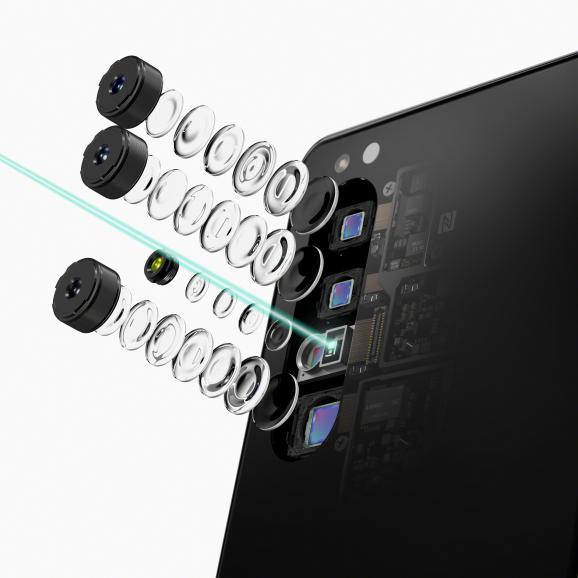 |
| A smartphone camera combines several lens elements and image sensors in a very small space. In this case that of the new Sony Xperia 1 II. |
In general, smartphones inevitably rely primarily on technology when it comes to image quality. Almost all current models offer an optical image stabilizer that effectively reduces camera shake. In addition, in many recording modes, several recordings are combined into one image in order to artificially expand the dynamic range using HDR technology.
Another interesting aspect is the depth of field. The Xiaomi’s 108 MP sensor, for example, has an aperture of f / 1.69. How does this value come about? The open aperture is calculated from the focal length and the aperture diameter. Since the focal length of a smartphone lens is only a few millimeters short, even a relatively small aperture diameter enables a large open aperture. As with a DSLR, the large aperture leads to more incident light and faster shutter speeds.
Nevertheless, there are hardly any sharpness gradients even with an open aperture of f / 1.69. How so? With a fingernail-sized sensor and a focal length of 4-6 mm, the depth of field is immense, even with a large open aperture. For this reason, smartphone cameras in portrait or aperture mode artificially blur the background in order to simulate a DSLR look with a similarly large aperture.
In addition, the software determines the style of the image. Even with current models, RAW images should only be enjoyed with caution; the smartphone usually performs the best image optimization internally.
Poled on automatic
Otherwise, a smartphone camera leaves the user little creative leeway. Although all models offer numerous modes, from night to portrait to macro, manual settings are only useful to a limited extent. There are several reasons for this: On the one hand, the aperture of a smartphone lens usually cannot be varied. Samsung has integrated a variable bezel in the S10 +, which has been abandoned in the S20 Ultra.
So this setting falls flat. In addition, due to its shape and the lack of physical buttons and wheels, a smartphone is very poorly suited for making adjustments while taking a picture. The vast majority of users probably don't want that either. And it's not really necessary either. The different modes are controlled automatically, but in most cases they deliver very good results.
Should a backlit motif appear too dark, the exposure can be pulled up with a swipe of the finger. No more manual operation is required when taking photos with the smartphone. It remains to be seen when this form of image optimization will find its way into the consumer area of system cameras with touchscreens. That would be practical anyway.
Details are in short supply
The fact that smartphone cameras are primarily aimed at users who do not want to deal with the technology behind them can be seen in a completely different place in addition to the automatic modes: in the data sheets.
As part of this test, we asked all manufacturers for information about the camera, which is a matter of course for every DSLR or CSC, such as ISO range, shutter speed, series image speed. But information about the sensor size, the aperture and the resolution is very difficult to get even from the manufacturer or their agency.
Ultimately, our test tables for smartphones fill up with a patchwork of isolated details. Some manufacturers provided interesting and further information.
The Google Pixel 4 takes serial pictures at 30 frames per second, while the LG G8 S takes 6 frames per second. Other manufacturers only let us know that a series picture function is possible by pressing the shutter release longer, without giving any further details.
It got even more adventurous with the ISO value. Here, too, we received individual maximum values: in the case of LG, for example, ISO 2.250.
Other agencies were unable to provide precise information even when asked by the manufacturer. Oneplus, in turn, pointed out that the recordings were created using multi-frame compositing, i.e. the combination of several pixels into one image, which was already explained using Samsung and Xiaomi.
In this case, no ISO value and no shutter speed can be assigned to the individual frames. In fact, a smartphone camera may differ technically in some aspects from a normal DSLR, which makes a comparable data sheet difficult.
The main reason for the incomplete data situation is likely to be the tendency towards automation. Why should you specify an ISO value if, firstly, you cannot set it and, secondly, the images are denoised anyway inside the camera?
Instead, the manufacturers prefer to advertise with the sensor resolution, the zoom levels - even specific focal lengths are practically in vain - as well as numerous features and additional functions. The situation is more interesting and more satisfying for filmmakers. In the video segment, resolution and frame rate are actually the most important factors. If a Xiaomi MI 10 records videos at 8K and 30p here, that's a real pound - and relevant information. Especially since the highly effective integrated image stabilizers are also of great use when recording films.
Apple iPhone 11 Pro
Apple iPhone 11 Pro. (Image: manufacturer)
The iPhone is the only device in the test - as usual - not with Android, but with Apple's own iOS operating system. The workmanship is high quality, the display is very bright. The triple camera of the 11 Pro is also interesting. There are three lenses with a resolution of 12 MP each on board.
However, the sensors are quite small, which is why, despite the mediocre resolution, only an average pixel density is possible. When choosing the focal lengths, Apple simply doubled the values.
The ultra wide angle has a focal length of 13 mm converted to full format, the wide angle 26 mm, the telephoto camera 52 mm. For a high-end device in the top price segment, these values are a bit disappointing.
There are some nice gimmicks for that. When taking pictures with the wide-angle lens, the same motif is displayed as a possible alternative in the ultra-wide-angle.
Even better : the image is also saved so that you can choose the larger angle of view for 30 days. The image quality is very good, but when it comes to zooming, the iPhone has to take a back seat: In the telephoto range, it is not well positioned with double optical zoom and only 12 MP.
PRODUCT NOTICE
Apple iPhone 11 Pro (256 GB) - Space Gray
Manufacturer Apple
website www.apple.com
Price (retail / RRP) * € 1,070 / € 1,149
Sensor format (WW, Std., Tele) Not specified, 1 / 2.55, 1 / 3.4 in
Resolution (WW, Std., Tele) 12, 12, 12 MP
Pixel size (WW, Std., Tele) kA, 1.4, 1.0 µm
Focal length in full format (WW, Std., Tele) 13, 26, 52 mm
Max. Sensitivity ISO 2.016
Serial picture 10 fps
Video resolution maximum 4K / 60 fps
Size (W x H x D) 144 x 71.4 x 8.1 mm
Weight 188 g
Google Pixel 4
Google Pixel 4. (Image: Manufacturer)
The Google Pixel 4 smartphone differs from the other test candidates in a number of ways. It is the lightest and slimmest device, only the LG can come up with it. Despite its small size, it has special technology on board: In addition to two infrared sensors for face recognition and the front camera, there is also a radar that can detect hand movements in the upper edge of the screen.
As a result, the pixel 4 recognizes, for example, when it is picked up and preactivates the sensors to unlock. However, this makes the already quite small display even smaller. Instead, it clocks at 90 instead of 60 hertz, which makes the presentation particularly fluid. An ultra-wide-angle camera is not on board, the Tele offers a double optical zoom, and the focal lengths are rather low at 12.2 MP and 16 MP.
As a nice gimmick, there is an astro photography mode. In this, the pixel takes long-term exposures for almost four minutes and combines them into one image. As with the iPhone, there are deductions for the resolution when zooming, with flashed images the dynamic range suffers.
PRODUCT NOTICE
Google Pixel 4 64GB Mobile Phone, White, Clearly White, Android 10
Manufacturer Google
website store.google.com
Price (retail / RRP) * 499 € / 549 €
Sensor format (WW, Std., Tele) -, 1 / 2.55, 1 / 3.6 in
Resolution (WW, Std., Tele) -, 12.2, 16 MP
Pixel size (WW, Std., Tele) -, 1.4, 1.0 µm
Focal length in full format (WW, Std., Tele) -, 27, 50 mm
Max. Sensitivity k. A.
Serial picture 30 fps
Video resolution maximum 4K / 30 fps
Size (W x H x D) 147.1 x 68.8 x 8.2 mm
Weight 162 g
Huawei Mate 30 Pro
Huawei Mate 30 Pro. (Image: manufacturer)
Like all current Huawei models, the Mate 30 Pro also has to suffer from US sanctions. Although Android is on board, there is no access to the Google Store. That's a shame, because the Mate 30 Pro has a lot to offer, but with this limitation and an RRP of over 1,000 euros it will have a hard time. This can also be seen from the street price, which has already fallen significantly. As usual with the P30 Pro , the camera is a stunner and has been further improved.
There are slight deductions in the telephoto range. An optical 3x zoom is used here, but if you want to zoom in further, you will quickly reach the limits of the 8 MP sensor. Huawei uses a 40 MP sensor each in the wide angle and ultra wide angle. The performance in low light is particularly impressive, not least because the color filter on the sensor does not use red, green and blue, but red, yellow and blue.
In addition, all three sensors are large, which should lead to large pixels, even if the manufacturer does not provide any information. The stabilized large image sensors are convincing for video recordings with 4K and 60p.
PRODUCT NOTICE
HUAWEI Mate 30 Pro (Space Silver) - Dual SIM without Simlock, without branding
Manufacturer Huawei
website www.huawei.com/de
Price (retail / RRP) * € 799 / € 1,099
Sensor format (WW, Std., Tele) 1 / 1.7, 1 / 1.54, 1 / 1.4 in
Resolution (WW, Std., Tele) 40, 40, 8 MP
Pixel size (WW, Std., Tele) k. A.
Focal length in full format (WW, Std., Tele) 18, 27, 80 mm
Max. Sensitivity ISO 40.960
Serial picture k. A.
Video resolution maximum 4K / 60 fps
Size (W x H x D) 158.1 x 73.1 x 8.8 mm
Weight 198 g
LG G8S ThinQ
LG G8S ThinQ. (Image: manufacturer)
If you look at the test values of the LG G8S , several values catch your eye. On the one hand, the value in the zoom category drops significantly. This is due to the low resolution of the 2x telephoto lens of only 12 MP. It is also noticeable that the LG is otherwise fully convincing in all areas - although a newer model, the G8X, is already on the market, which has not yet been tested.
The cameras offer a large dynamic range and there is practically no image noise. The LG should benefit from its powerful Snapdragon 855 processor, which not only offers excellent computing power for gamers, but also has the capacity to optimize images. If you compare these values with the street price of only around 333 euros, the LG becomes a real price-performance hit, especially since the equipment is also excellent.
One of the points of criticism is the lack of an optical image stabilizer, and the display resolution is a bit lower than in some other top models. And : if you look at the photos in detail, you can sometimes see that they have been digitally enhanced. Nonetheless, the LG is the big surprise in this smartphone camera review.
PRODUCT NOTICE
LG G8s smartphone (15.77 cm (6.21 inch) OLED display, 128 GB internal memory, 6 GB RAM, DTX: X Sound, Android 9) Mirror Black
Manufacturer LG
website www.lg.com/de
Price (retail / RRP) * 333 € / 769 €
Sensor format (WW, Std., Tele) 1/3, 1 / 2.55, 1/3 in
Resolution (WW, Std., Tele) 13, 12, 12 MP
Pixel size (WW, Std., Tele) 1.0, 1.4, 1.0 µm
Focal length in full format (WW, Std., Tele) k. A.
Max. Sensitivity ISO 2.250
Serial picture 6 fps
Video resolution maximum 4K / 30 fps
Size (W x H x D) 151.9 x 71.8 x 8.4 mm
Weight 167 g
Oneplus 7 Pro
Oneplus 7 Pro. (Image: manufacturer)
The biggest optical feature of the Oneplus 7 Pro cannot be seen at first glance. In contrast to the other test candidates, the front camera is not in the display, but moves out of the top of the case within half a second. As a result, Oneplus enables a full-surface display with a very large 6.67 inch on the front, which is a bit dark in the blazing sun.
The main camera uses a 48 MP chip, which, like other manufacturers, combines four pixels into one large pixel, resulting in an effective resolution of 12 MP. The triple optical zoom is decent, but suffers from its low resolution of only 8 MP, which leads to deductions in the zoom category. There are further devaluations for the overall manageable resolution and the rather low dynamic range.
Amazingly, the computing power is also rather low, although the Oneplus 7 Pro, like the LG, uses a Snapdragon 855 processor. In contrast to this, the Oneplus scores with an optical image stabilizer and the significantly larger display. The price is absolutely okay at around 579 euros in free trade.
PRODUCT NOTICE
OnePlus 7 Pro smartphone Almond (16.9 cm) AMOLED display 8 GB RAM + 256 GB storage, triple camera (48 MP), pop-up camera (16 MP) - dual SIM mobile phone
Manufacturer Oneplus
website www.oneplus.com/de
Price (retail / RRP) * 579 € / 709 €
Sensor format (WW, Std., Tele) k. A.
Resolution (WW, Std., Tele) 16, 48, 8 MP
Pixel size (WW, Std., Tele) k. A., 0.8, 1.0 µm
Focal length in full format (WW, Std., Tele) 17, 26, 78 mm
Max. Sensitivity k. A.
Serial picture k. A.
Video resolution maximum 4K / 60 fps
Size (W x H x D) 162.6 x 75.9 x 8.8 mm
Weight 206 g
Samsung Galaxy S20 Ultra
Samsung Galaxy S20 Ultra. (Image: manufacturer)
The Galaxy Ultra is a superlative smartphone. It is the largest, the heaviest and the most expensive smartphone in the test. And it has the best camera. As with the Xiaomi, the main camera with a 25 mm focal length is a 108 MP sensor in the rather large 1 / 1.33 inch format. With the Galaxy Ultra, too, several pixels are combined into one superpixel in the standard setting, but in contrast to the competition, a total of 9, resulting in an effective resolution of 12 MP.
That doesn't sound like much, but it can convince in the laboratory. The image quality is very good in all test disciplines. The possibility of recording in 8K is interesting for filmmakers, even if only with 24 fps. So far there are hardly any end devices that can display such a high video resolution, but at least the recordings offer ample opportunity to zoom in further into the image.
This is also possible when taking photos, thanks to the 4x optical zoom with a full 48 MP resolution. The display is also amazing. It is 6.9 inches tall, so it can hardly be operated with one hand and clocks at 120 Hertz. In addition, it is extremely bright even in direct sunlight.
PRODUCT NOTICE
Samsung Galaxy S20 Ultra 5G smartphone bundle (17.44 cm) 128 GB internal memory, 12 GB RAM, hybrid SIM, Android incl. 36 months manufacturer's guarantee [Exclusively on Amazon] German version, cosmic gray
Manufacturer Samsung
website www.samsung.com
Price (retail / RRP) * € 1,230 / € 1,349
Sensor format (WW, Std., Tele) 1 / 2.55, 1 / 1.33, 1/2 in
Resolution (WW, Std., Tele) 12, 108, 48 MP
Pixel size (WW, Std., Tele) 1.4., 0.8, 0.8 µm
Focal length in full format (WW, Std., Tele) 13, 25, 103 mm
Max. Sensitivity k. A.
Serial picture k. A.
Video resolution maximum 8k / 24 fps
Size (W x H x D) 166.9 x 76 x 8.8 mm
Weight 220 g
Sony Xperia XZ3
Sony Xperia XZ3. (Image: manufacturer)
The Sony Xperia XZ3 looks a bit out of date. It is the only smartphone in the test that has only one lens - which can be easily seen on the back - and thus offers neither an ultra-wide angle nor an optical zoom. In combination with the camera resolution of 19 MP, this results in a zoom rating of only 10 percent.
Why does the XZ3 still find its way into the top-class test field? Because it is quite simply the latest Sony smartphone that was already tested at the time of writing. The Xperia 1 II is in the starting blocks, the current predecessor model Xperia 1 already has a modern triple camera with 12 MP resolution each. The XZ3 looks even more rustic when you consider that its camera has been adopted unchanged from the XZ2.
Nevertheless, the Sony does quite competitively in normal ambient light. Here it shows high texture and resolution and can nearly keep up with newer and more expensive models like the Pixel 4. In flash mode, it does a little better thanks to a large dynamic range.
Still , the Sony Xperia 1 and the more recent Sony Xperia 1 II do a much better job.
PRODUCT NOTICE
Sony Xperia XZ3 smartphone (15.2 cm (6 inch) OLED display, dual SIM, 64 GB internal memory and 4 GB RAM, BRAVIA TV technology, IP68, Android 9.0) Forest Green - German version
Manufacturer Sony
website www.sony.de
Price (retail / RRP) * € 499 / € 799
Sensor format (WW, Std., Tele) -, 1 / 2.3, -inch
Resolution (WW, Std., Tele) -, 19, -
Pixel size (WW, Std., Tele) -, 1.22, - μm
Focal length in full format (WW, Std., Tele) -, 25, - mm
Max. Sensitivity ISO 12,800
Serial picture k. A.
Video resolution maximum 4k / 30 fps
Size (W x H x D) 158 x 73 x 9.9 mm
Weight 193 g
Xiaomi MI Note 10 Pro
Xiaomi MI Note 10 Pro. (Image: manufacturer)
Xiaomi is currently on everyone's lips, but not with the MI Note 10 Pro , but with the newer MI 10 and MI 10 Pro models. Test values for these two models are not yet available, but the camera of the Note 10 Pro is practically identical to the two new versions anyway.
As with the Samsung, the core is a main camera with 108 MP, supplemented by an ultra wide angle with 20 MP, a 2-fold telephoto with 12 MP and a 5-fold telephoto with 5 MP. This array of cameras and resolution pays off equally in practice and laboratory. The Xiaomi achieved by far the best rating with 78 percent in the zoom category. At this point, one can easily forgive that dark areas drown a little with the 5x zoom.
Like the Oneplus, the Xiaomi also combines four pixels into one superpixel in standard mode, which results in an effective resolution of 27 MP for the 108 MP sensor. This makes sense in almost all situations, both because of the image quality and because of the storage space.
The dynamic range of the 1 / 1.33-inch main camera sensor can only really convince in light, but the MI Note 10 Pro scores with massive computing power.
PRODUCT NOTICE
Xiaomi Mi Note 10 smartphone (16.43cm (6.47 ") 3D Curved AMOLED FHD + display, 128GB internal memory + 6GB RAM, 108MP AI penta rear camera, 32MP selfie front camera, dual SIM, Android 9) Midnight Black
Manufacturer Xiaomi
website www.mi.com
Price (retail / RRP) * € 489 / € 649
Sensor format (WW, Std., Tele) 1 / 2.8, 1 / 1.33, 1 / 2.55, k. A.
Resolution (WW, Std., Tele) 20, 108, 12.5 MP
Pixel size (WW, Std., Tele) 1.0, 0.8, 1.4, 1.0
Focal length in full format (WW, Std., Tele) 13, 25, 50, 125 mm
Max. Sensitivity k. A.
Serial picture k. A.
Video resolution maximum 4k / 30 fps
Size (W x H x D) 157.8 x 74.2 x 9.67 mm
Weight 208 g
* Prices were researched on May 29, 2020 on idealo.de.
Smartphone vs. Compact camera
As good as smartphone cameras are now, in some situations it is still worthwhile to use a classic digital camera. We juxtaposed two popular representatives from each category: the Xiaomi Note 10 Pro and the Sony RX100 III .
Xiami MI Note 10 Pro
Per
Resolution : The Xiaomi Note 10 Pro offers a higher resolution of 108 MP than any consumer camera. It uses this to ensure a consistently high image quality over the entire zoom range of 0.6-50x.
Technology : A special night mode enables recordings in the dark, which are at best possible with a DSLR with a lot of post-processing, and a 960 fps super slow motion is also on board.
Cons
Smartphone camera problems : Like all smartphones, the MI Note 10 Pro also suffers from design -related weaknesses. There is no optical zoom, and the image sensors are very small.
Sony RX100 III
Per
Haptic buttons and a dial : Instead of a touchscreen, the RX100 uses physical buttons and a mode dial. This makes operation and manual settings much easier in practice.
High image quality : The image sensor, which is significantly larger than that of a smartphone, enables better image quality in combination with the optical zoom, and the large open aperture real, blurred backgrounds.
Cons
Low zoom : In contrast to Xiaomi's 80x zoom, the Sony manages with a 2.9x zoom that is manageable even for compact cameras. Combined with the rather low resolution, this is a real disadvantage.
Cell phone or camera? What do I really need now?
Given all this information, the crucial question for a hobby photographer is always the same: Is a smartphone enough for me to take photos, or should I also use a compact camera?
Of course, most of you will take photos with a DSLR or CSC anyway, but if you only want to take a few pictures every now and then or if you want compact equipment for your vacation, you will prefer the compact one. Ultimately, the differences between cameras and smartphones are bigger than many expect. In a nutshell, real cameras deliver higher image quality, but smartphones are much less complicated to use.
The main reasons for the higher image quality of a camera are the significantly larger sensor and the actual optical zoom. In addition, even with simple models you have more options for manual fine adjustment and a variable aperture.
The smartphone, on the other hand, is ideal as a snapshot camera: pull it out of your pocket, pull the trigger, done! The automatics and the technology behind it always provide a usable image, which can also be sent directly via cell phone network or Wi-Fi. In full view, even current models often lack details, but it is definitely enough for web resolution.
Best cell phone camera 2020
The Samsung Galaxy S20 Ultra offers the best smartphone camera of all models tested so far . It combines a large 108 MP main camera sensor with a 48 MP 4x zoom and a rather inconspicuous ultra-wide-angle camera. Thanks to the immense computing power, video recordings with high-resolution 8K are possible, and the remaining camera features, including the extremely bright 120 Hertz display and the large battery, are impressive.
The surprise of the test is the LG G8S ThinQ . With a street price of 325 euros, it costs only a quarter of the Samsung and scores not only with a great camera but also with plenty of computing power.
Great photo app
Lightroom
Lightroom (available for Android & iOS) is also one of the best camera apps for smartphones . In contrast to the desktop version, the mobile version is not about converting RAWs. Thanks to many light and color settings, various gradation curves and especially in the premium version - which you can use automatically if you have a desktop Lightroom subscription - other useful tools such as the repair brush and the geometry tool, Lightroom is on the Smartphone a real authority.
Tip : You can find more great image editing programs in our comparison test, here we took a closer look at 10 image editing programs .
You can take pictures in Adobe DNG format, which significantly expands the possibilities for processing compared to JPEG, you can make manual camera settings and export the pictures in various formats. In addition, the smartphone recordings are synchronized with the desktop or web version. Photoshop is also available as a smartphone version.

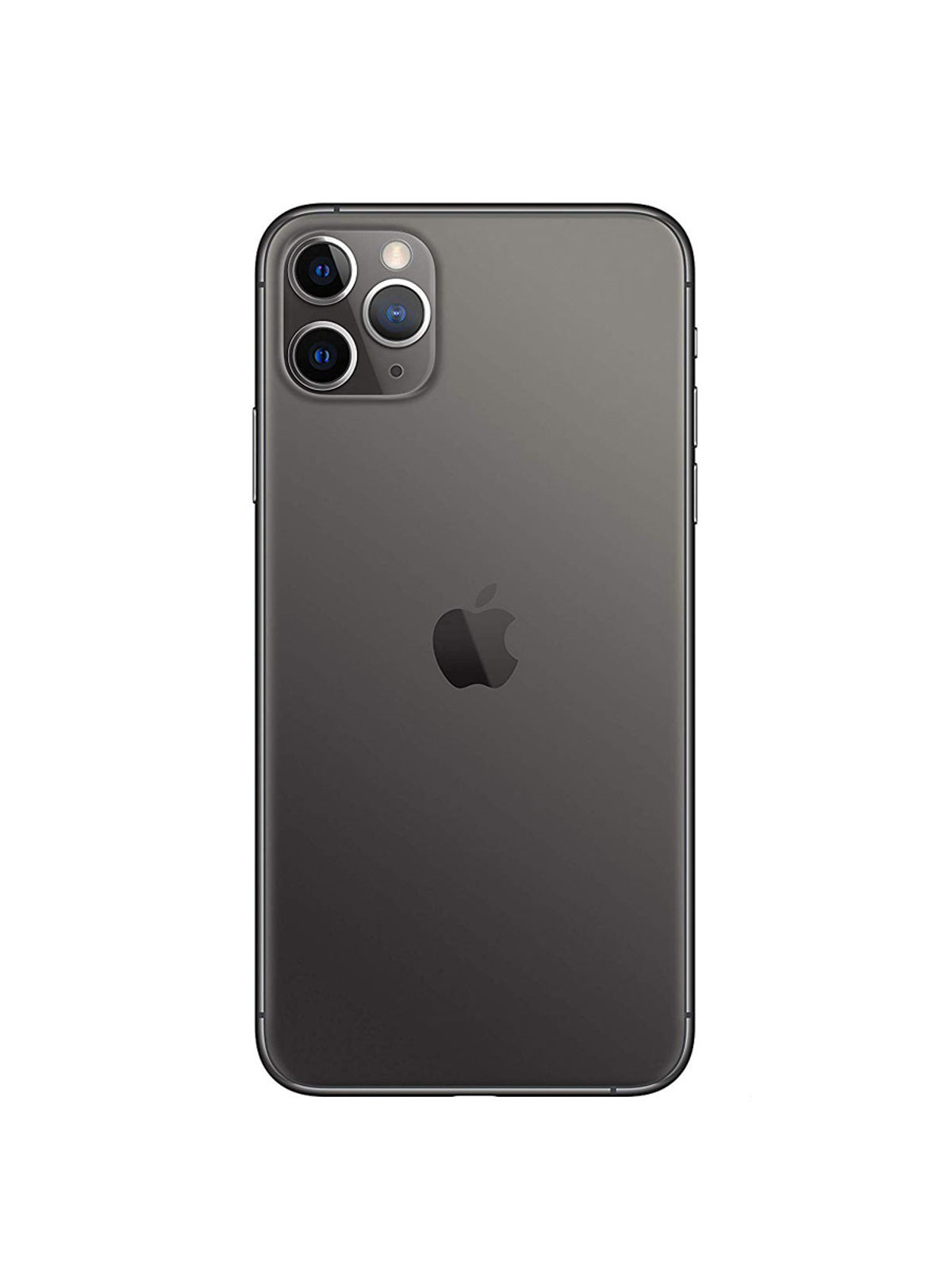
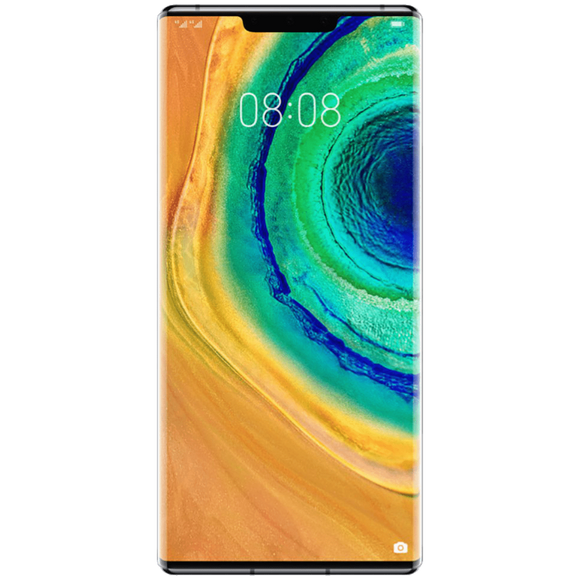
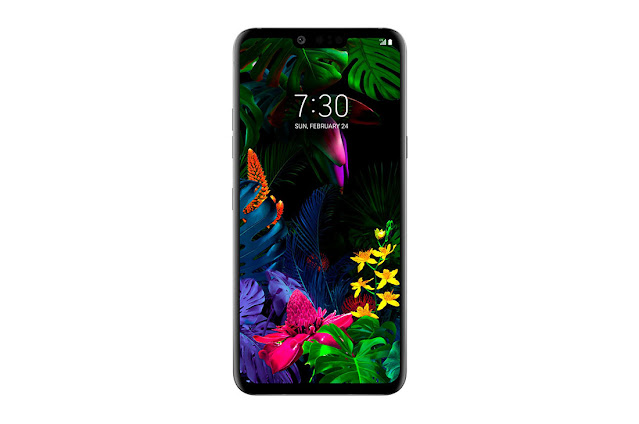
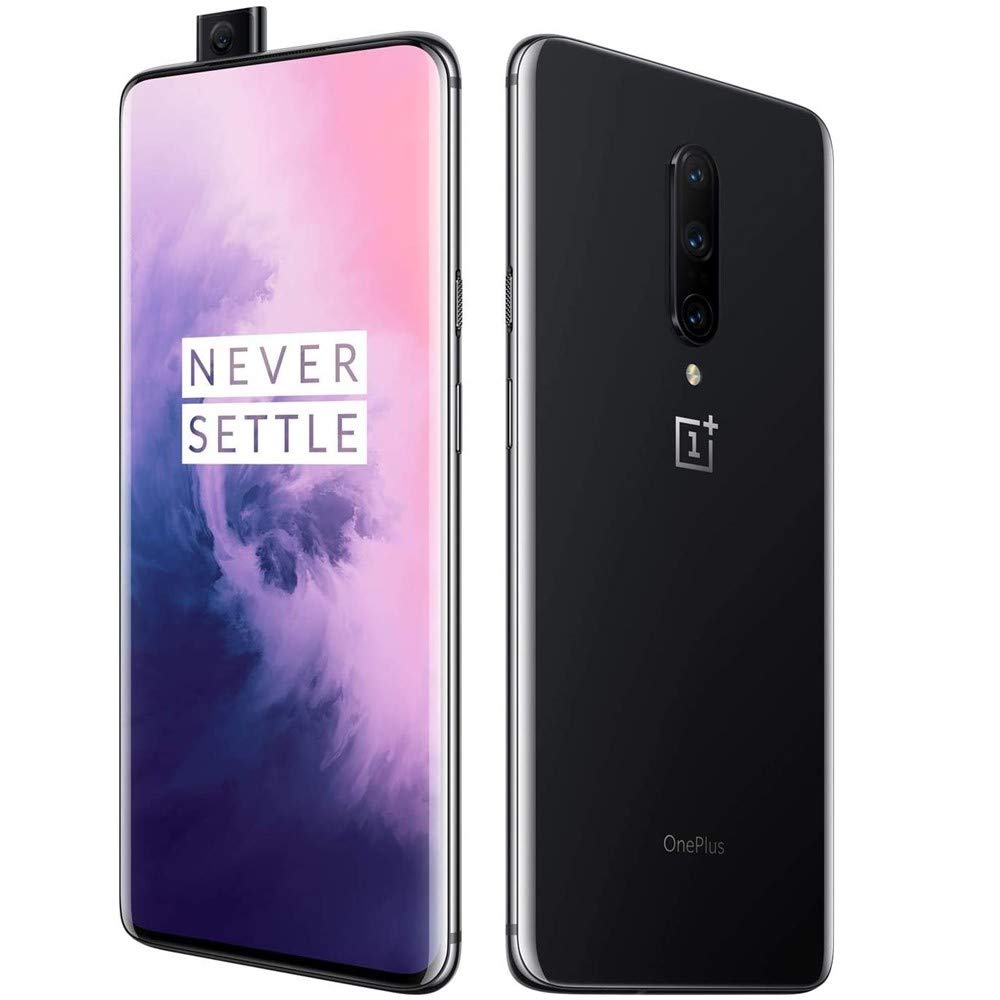
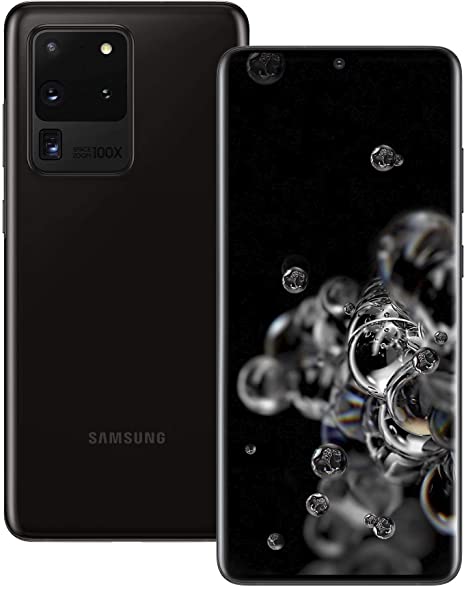
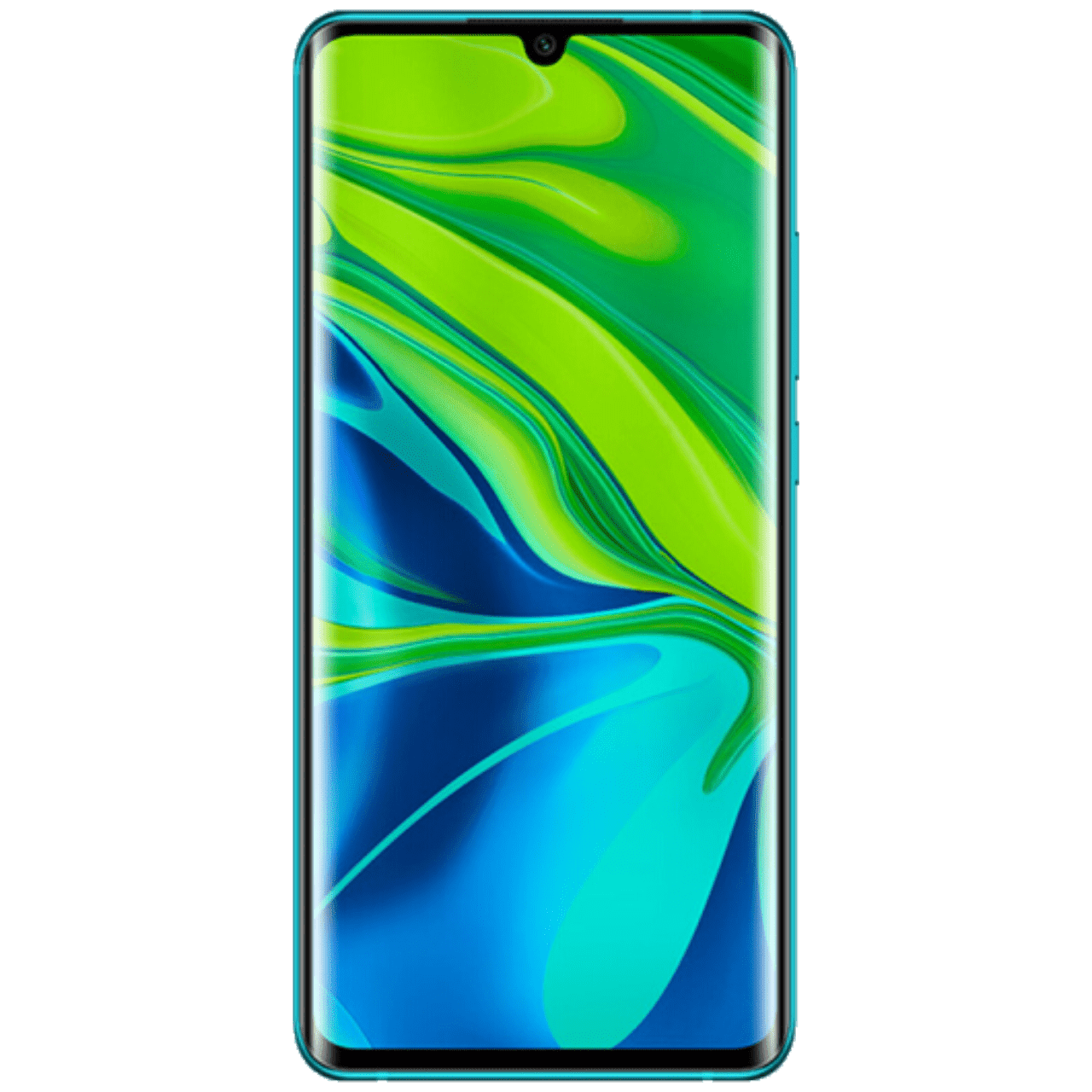
No comments
Post a Comment